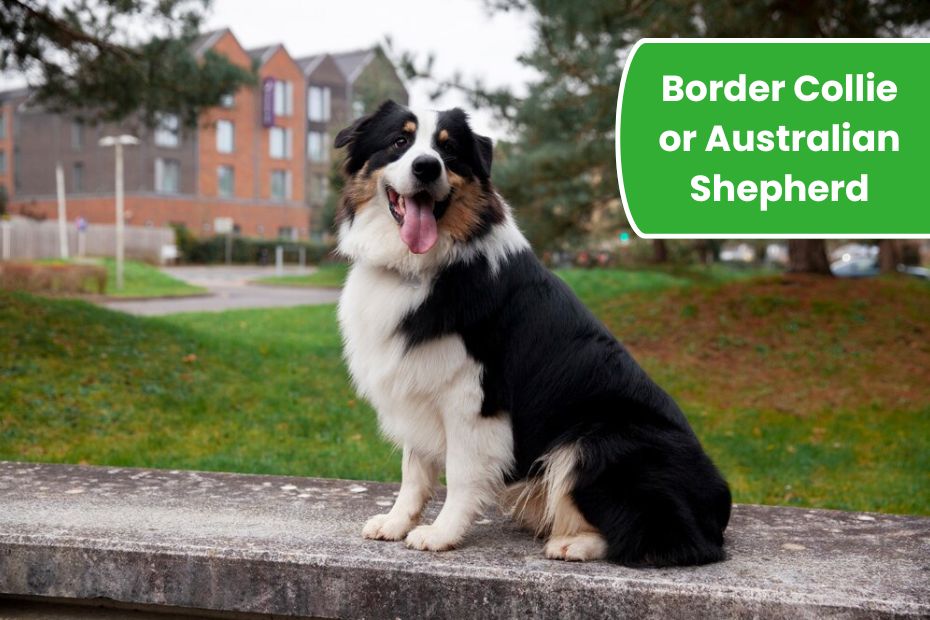Dogs have always been considered man’s best friend, but some breeds come with a hefty price tag. Whether it’s due to rarity, pedigree, or unique characteristics, the world’s most expensive dog breeds represent true luxury on four legs. In this article, we explore the top five most expensive dog breeds, examining why they cost so much and what makes them worth the investment.
Tibetan Mastiff
The Million-Dollar Dog
Tibetan Mastiffs are often regarded as the most expensive dogs in the world, with some selling for over a million dollars. Originating from Tibet, these massive, lion-like dogs were historically used to guard livestock from predators.
Why So Expensive?
- Rarity: Purebred Tibetan Mastiffs are incredibly rare.
- Size and Majesty: They can weigh up to 150 pounds and have a regal, imposing appearance.
- Breeding Challenges: High maintenance and specific breeding requirements.
Samoyed
The Smiling Sledge Dog
With their iconic fluffy white coats and friendly demeanor, Samoyeds are both beautiful and expensive. A purebred Samoyed puppy can cost anywhere from $4,000 to $11,000.
Why So Expensive?
- Breeding Standards: Maintaining their signature coat and health requires selective breeding.
- Grooming Costs: Frequent grooming is essential to maintain their fluffy appearance.
- Health Issues: Prone to genetic disorders, raising a healthy Samoyed can be costly.
Chow Chow
The Dignified Lion-Dog
Originating from China, Chow Chows are known for their lion-like mane and distinctive blue-black tongue. These loyal and protective dogs can cost between $3,000 and $8,500.
Why So Expensive?
- Pedigree: Purebred Chow Chows from reputable breeders come with a high price tag.
- Maintenance: Their thick coats require regular grooming and care.
- Training Needs: Known for their stubbornness, professional training is often necessary.
Lowchen
The Little Lion Dog
The Lowchen, or “Little Lion Dog,” is a rare breed from Europe, often priced between $5,000 and $8,000. Known for their playful and affectionate nature, they make excellent companions.
Why So Expensive?
- Rarity: Once considered the rarest dog breed in the world.
- Grooming: Regular clipping and maintenance are needed.
- Breeding Limitations: Low reproductive rates increase their scarcity.
Rottweiler
The Loyal Guardian
Rottweilers are renowned for their strength, loyalty, and protective nature. High-quality Rottweilers from champion bloodlines can cost anywhere from $2,000 to $8,000.
Why So Expensive?
- Training Costs: Professional obedience training is often necessary.
- Health Screenings: To avoid genetic disorders, reputable breeders conduct extensive health checks.
- Guard Dog Demand: Their utility as guard dogs increases their value.
Why Are These Dogs So Expensive?
Several factors contribute to the high cost of these breeds:
- Genetics: Maintaining pure bloodlines requires careful breeding.
- Care Costs: Grooming, healthcare, and specialized diets add to the expense.
- Demand and Rarity: Popularity and limited availability drive prices up.
Final Thoughts
Investing in one of these luxury breeds requires more than just an initial purchase price. The lifelong costs of grooming, healthcare, and training add up. However, for those who appreciate their unique qualities and prestige, the companionship and loyalty of these magnificent dogs make it worthwhile.
FAQ’s
1. Are expensive dog breeds harder to care for?
Expensive breeds often have unique grooming, dietary, and healthcare needs.
2. Can I find these breeds at shelters?
Rarely, but it’s possible to find mixed breeds with similar traits.
3. Why do Tibetan Mastiffs cost so much?
Their rarity, size, and breeding difficulties make them highly valuable.
4. Are there additional costs beyond purchase?
Yes, including grooming, health checks, and training.
5. Are these breeds suitable for first-time owners?
Not typically, as they often require experienced handling and maintenance.
